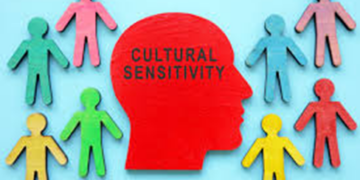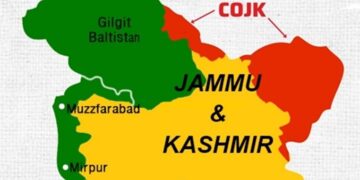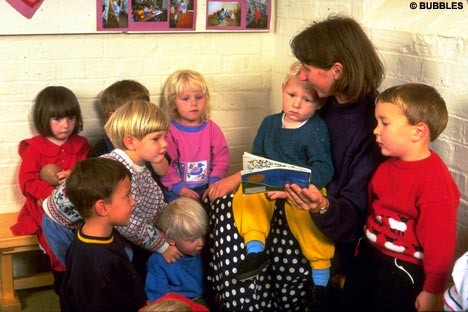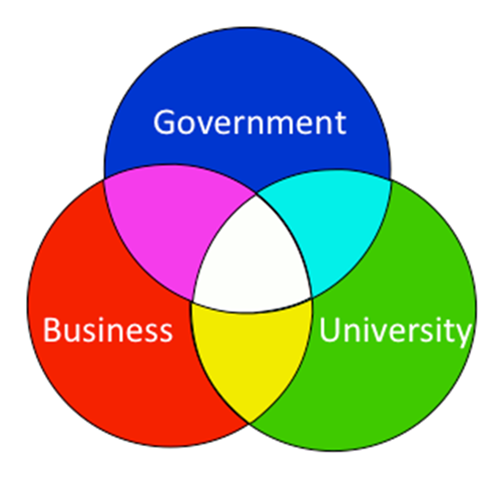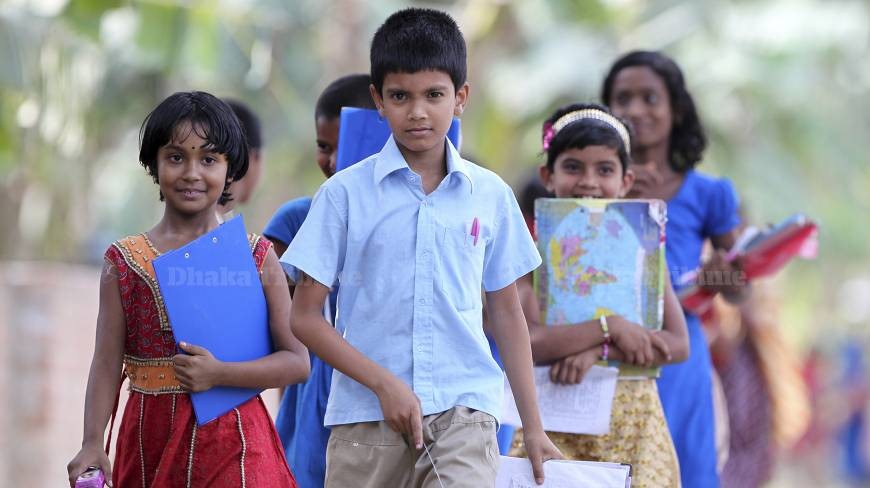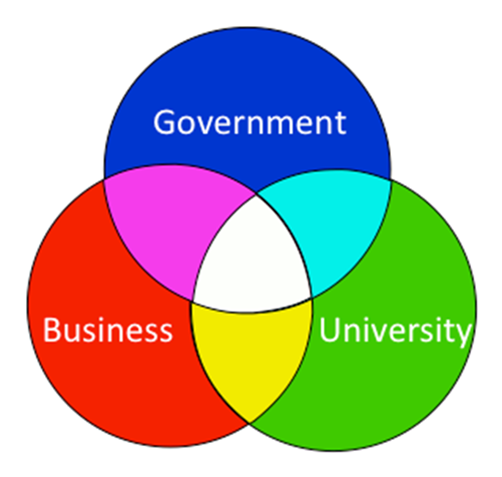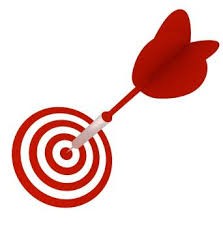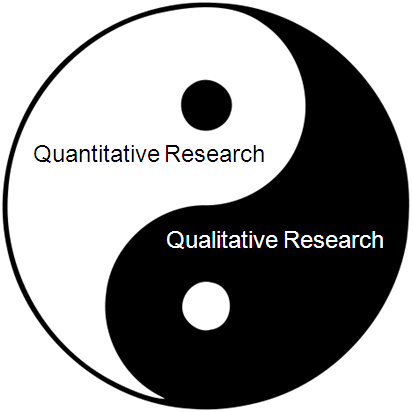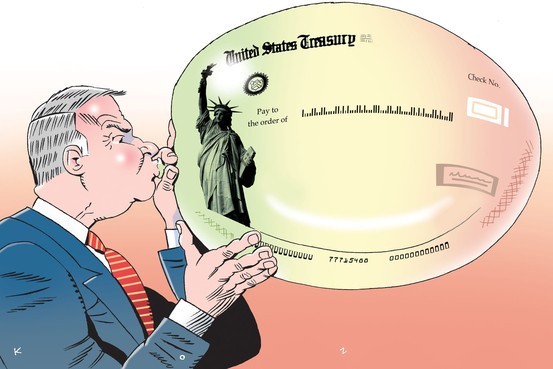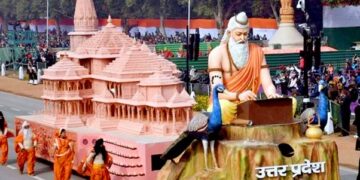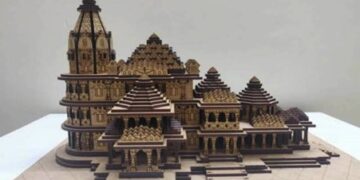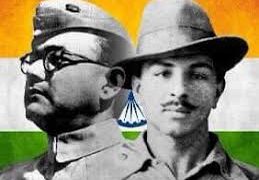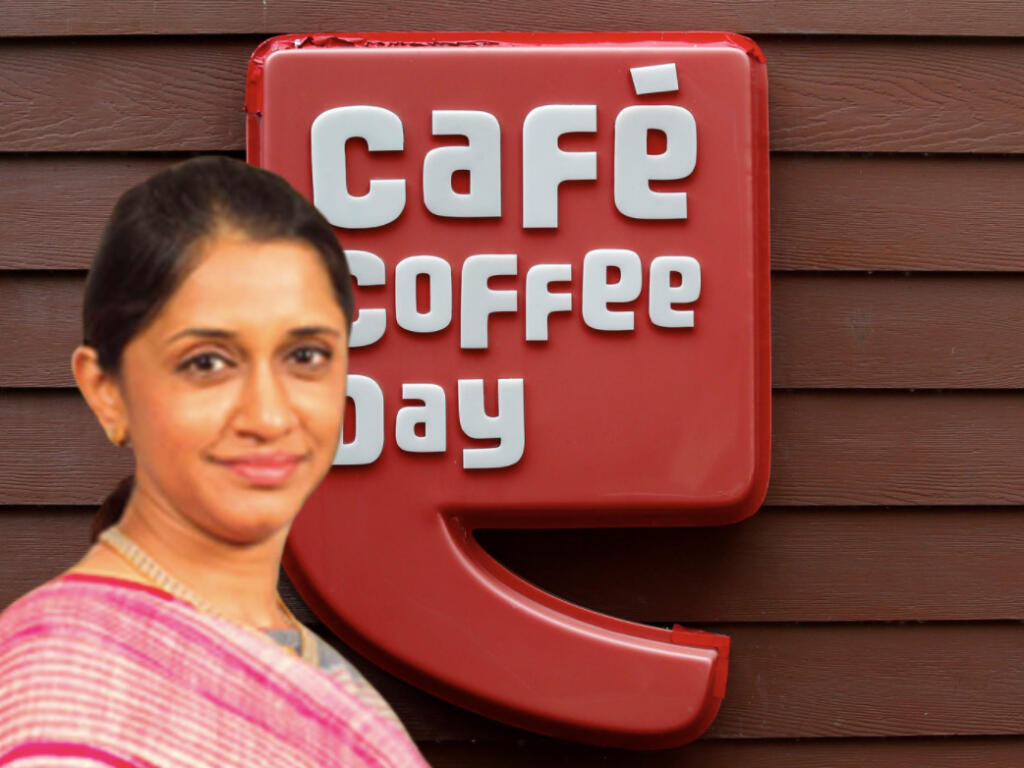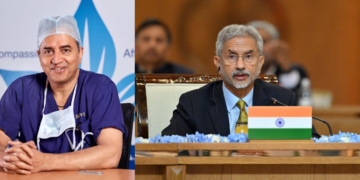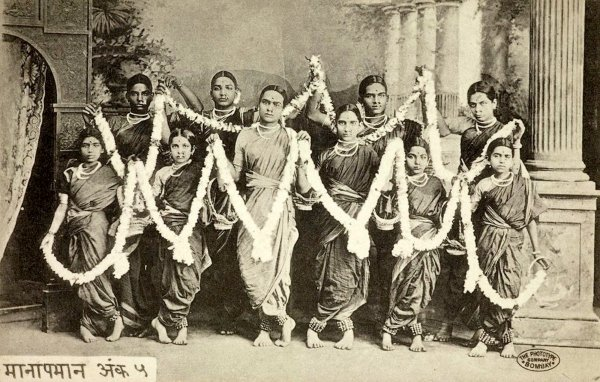
The Nāṭya Shāstra is a Sanskrit treatise (dissertation) on the performing arts. The text is credited to sage Bharata, and its first complete compilation is dated to between 200 BCE and 200 CE, but approximations vary between 500 BCE and 500 CE. It is a detailed treatise and handbook on dramatic art that deals with all aspects of classical Sanskrit theatre. It is believed to be written by Brahman sage Bharata.
The Natyashastra is a notable ancient encyclopaedia on arts which has influenced dance, music and literary traditions in India. According to Susan L. Schwartz, a scientist at the University of California, Santa Cruz, ‘Natyashastra speaks about dramatic arts as a comprehensive aid to the studying of virtue, proper behaviour, ethical and moral endurance, courage, love and adoration of the divine.’
The text extends its reach into asking and understanding the goals of performing arts, the nature of the playwrights, the artists and the spectators, their intimate relationship during the performance. A spectator feels, audits, watches, interprets, or contemplates a drama, singing program, painting exhibition, a movie, a sports game. He is an important element of the event. The text of Natyashastra integrates aesthetics, axiology(a branch of philosophy which studies value) and description of arts with mythologies associated with Hindu gods and goddesses. The general approach of the text is to treat entertainment as an effect, but it is not the primary goal of arts. The primary goal is to lift and transfer the spectators into the expression of ultimate reality of superior values.
Natyashastra is notable for its aesthetic ‘Rasa’ theory, which asserts that entertainment is a desired effect of performance arts by making the audience experience parallel reality, full of wonder, where he experiences the essence of his own consciousness and reflects on spiritual and moral questions. Rasa Theory asserts that entertainment in the drama is expected to evoke Rasa or joy (artistic) but that is not the primary goal. The primary goal is to create parallel life in front of the audience to experience a sense of one’s own consciousness, spiritual and moral query.

There are 11 parameters of drama/dance as per Natyashastra:
Rasa
The meaning of rasa is emotion. The nine Emotions included in Navarasa are Shringara (love), Hasya (laughter), Karuna (kind-heartedness or compassion), Raudra (anger), Veera (courage), Bhayanakara (terror), Bheebhatsya (disgust), Adbutha (surprise) and Shantha (peace or tranquillity). These are the emotions that a human shows according to the situations. Scientists have found that every emotion of human evokes a coloured aura (halo). The emotional spectrum is divided into the seven colors of the rainbow, with each color corresponding to a different emotion: rage (red), greed (orange), fear (yellow), willpower (green), hope (blue), compassion (indigo), and love (violet). However, it also represents the absence of color (black), which is death, and the combination of colors (white) which is life.
Bhava
According to the ancient scriptures, expressions reflected in poetry and other literary works are reflections of the emotions present in our society. Thus, there is a feeling of oneness and relatability. There are four types of this “Bhava” mentioned in our ancient scriptures: Sthayi (stable), Sanchaari also known as Vyabichari bhavas which means adulterator. Vibhava means stimulants and Anubhava means experience. The sthayi bhavas strengthens the audience’s feelings in drama.
Vibhava and Anubhava
Vibhavas are the stimulants of emotions, anubhavas (experiences) the physical responses that go with these emotional responses and vyabhichari bhavas are transitory emotions. Vibhaava is the cause and Bhava is the effect. Anubhava is the external manifestation of feeling by which actors communicate their mind and heart to the audience. For example, glances, smiles, movements of the limbs etc to indicate their feelings through actions.
Abhinaya
In dance and dramas Abhinaya means leading the audience towards the experience (bhava) of a sentiment (rasa). It is the language that dance uses to communicate its sentiments. To authentically convey an emotion, the dancer must genuinely feel it. Hema Malini is a trained Bharatanatyam dancer. Her daughters are trained Odissi dancers. They perform with Malini in a production called Parampara for charitable events. Hema Malini is famous for her Abhinaya in her dances.
Dharmi
Scholars such as Kapil Vatsyayan translate ‘dharmi’ to mode of life which also means a particular way of living or behaving. Lokadharmi means ordinary mode. Abhinaya is enacting a happening in real life or in an imagination. Happenings are actions in a person’s life. And all our actions are supposed to be ideal which leads to the word dharma. The way of showing dharma could be dharmi.
Vritti
Vrittis refer to different tendencies, or psycho-physical tendencies, which give scope for the mind to express a variety of feelings and emotions. Hindu texts describe samskaras to be a result of past actions and experiences that have left an imprint on the mind. Vrittis are different types of thoughts or mental activities which are caused by valid knowledge (pramana), illusion (viparyaya), delusion (vikalpa), sleep (nidra), and memory (smriti).
Pravritti
Pravritti is the path of directing action and focus on the external world and, therefore, it is the path that yogis follow most of the time when they are living in the material world. On this path, attention is directed toward worldly things such as possessions, career and income. In contrast, nivritti is the path of turning inward to more spiritual contemplation, perhaps with more focus on God or the Divine.
Siddhi
Siddhi means “attainment” or “success.” In Hinduism, it refers to spiritual powers or supernatural abilities that one can achieve through rigorous spiritual practices such as yoga, meditation, and soberness. Siddhis can be material, paranormal, supernatural, or otherwise magical powers, abilities, and attainments that are the products of yogic advancement through sādhanās such as practice of yogic positions in dance and meditation.
Swara (Sound)
This means “tone” or musical note, it is a popular name given to girls in India and other parts of Asia. In Indian classical music term that result in simultaneously a breath, a vowel, a note, the sound of a musical note corresponding to its name, and the successive steps of the octave, or saptanka. It consists of series of seven notes. It denotes the set of swaras i.e. Shadja (Sa), Rishabha (Ri), Gāndhāra (Ga), Madhyama (Ma), Panchama (Pa), Dhaivat (Dha), Nishada (Ni), Shadja (Sa) which comprise a musical scale in Indian classical music.

Aatodyam
This means orchestra. The word refers to “instrumental music”, according to the Nāṭyaśāstra, it is also known as vādya. It is one of the three components of Sangita. In classical or sugam sangeet instruments play a major role. The Natyageeta entertains by telling stories which can make us laugh and cry or take you away to faraway places. Simply put, listening to an orchestra can be a powerful experience.
Ganam
This means song. Ganam or dhruvas are songs sung during dramatic action at five junctures – praveshiki (song sung before the entry of a character), naishkramiki (song sung to sooth emotions of the audience after a very moving or shocking scene), akshepiki (song sung to create an intervention) and antara (song sung in between two scenes).
Ranga
This means stage for drama and singing. A well-designed stage can visually convey the essence of the story, setting the tone and mood before a single line is spoken. Nepathya is decorating the stage. There are specialists for creating stage called set designers. Staging companies work closely with directors and designers to create sets that reflect the themes, time periods, and locations of the play. The stage acts as a crucial point of the event as it attracts the audience’s attention. The stage gives the performers or presenters space to move around and better engage with the guests.
Conclusion
Sangeet Natak (Marathi word for ‘musical drama’) is a form of drama which combines prose and poetry in the form of songs to convey the story, like musicals. They have played a vital role in the development of Marathi theatre and cinema, as well as the Indian film industry. On January 10th 2025, Sangeet Manapman (movie) is released directed by Subodh Bhave. It is a musical Fairytale that breaks all the old prejudices. It almost feels like a story of today. The story is set in beautiful surroundings. The costume play is supreme, some scenes are visually so pleasing that they almost feel like coming out of a painting of Raja Ravi Verma. The movie has 14 songs, sung by 18 singers. The songs are not mere attachments, they are an important part of the narrative, they take the story ahead.
The old Sangeet Manapman was written by dramatist Krishnaji Prabhakar Khadilkar, the five-act play featured stalwarts like Bal Gandharva, and became synonymous with the golden era of Marathi musical theatre. It was first staged on March 12 1911. The original play had five acts and 53 songs composed by Govindrao Tembe. In that era Manapman used to be enacted for 7-8 hours at times even ten hours because the audience would request once more for almost all songs.
I am giving one of my favourite songs of Manapman sung by Asha Bhosale. I have been hearing song for past 50 years. Her versatile, high pitch, tana and aalaps are so engaging that I listen to this record almost every week once/twice. This Natyageet exudes Veera-ras , composed in Raag Hamsadhwani. I get goosebump each time I listen to this geet.




